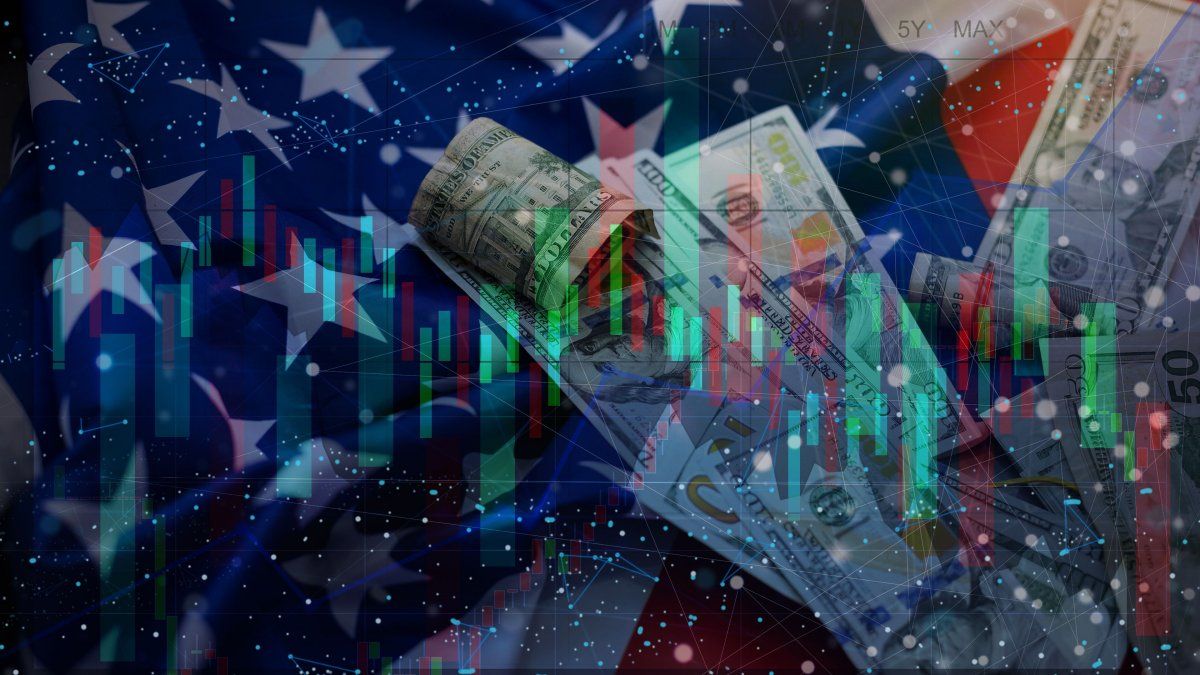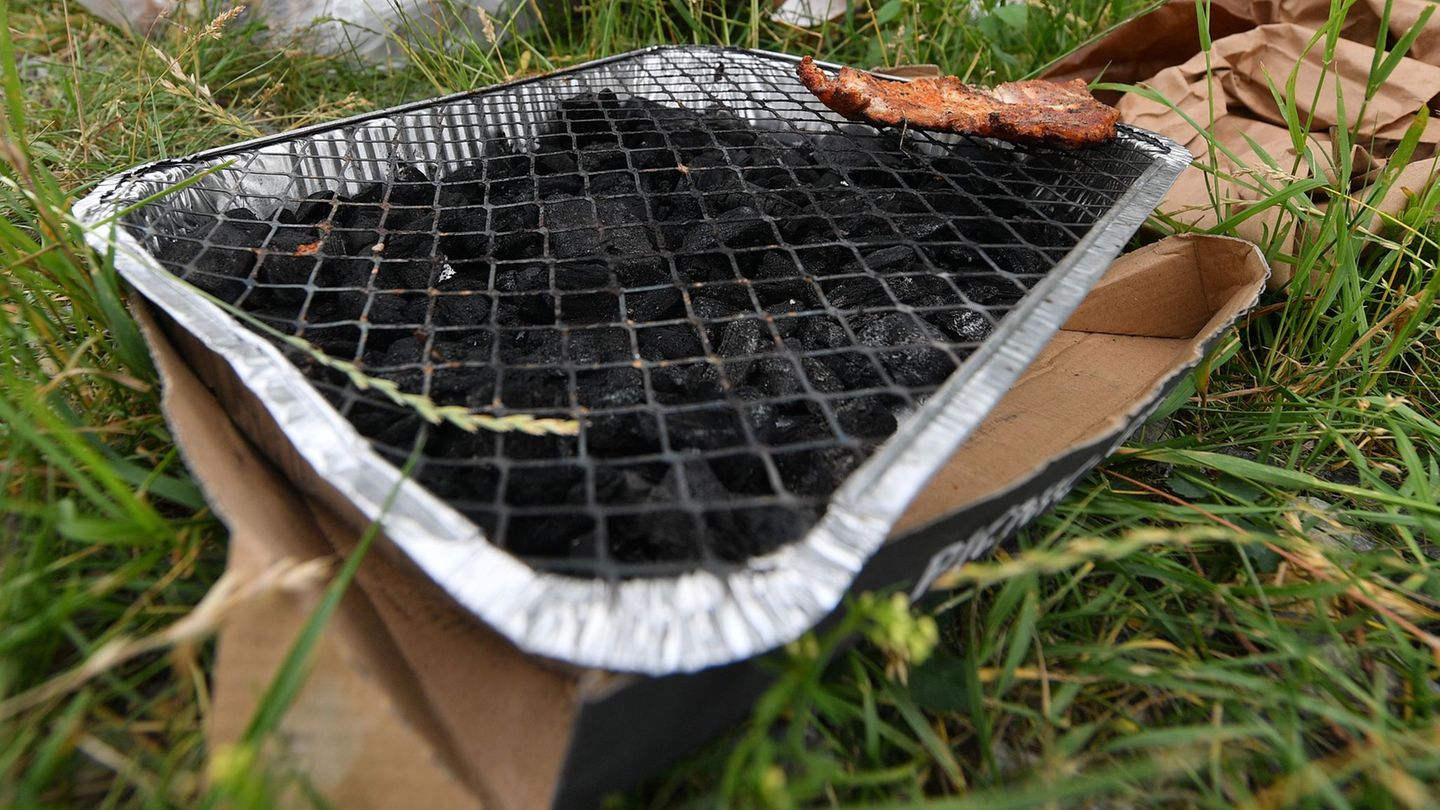The US economy grew more slowly than expected in the first quarterafter revisions to the decline in spending on consumption and capital goodsand a key measure of inflation fell, keeping the Federal Reserve on the right track to possibly start cut interest rates before the end of the year.
He Gross Domestic Product (GDP)the broadest measure of economic activity, grew at an annualized rate of 1.3% from January to Marchas reported on Thursday by Department of Commercebelow the previous estimate of the 1.6% and noticeably slower than the pace of the 3.4% of the last three months of 2023.
The downgrade in first-quarter growth followed recent weakness in retail sales and capital goods spending readings.
The details of the report showed that the consumer spending growthrevised downwards by 0.5 percentage points to an annualized rate of 2%, It mainly reflected a greater drop in household spending on goods than previously reported.
Outlays on high-value durable goods such as motor vehicles and parts were the biggest drag on growth since the third quarter of 2021, a headwind that outweighed upward revisions to business and residential investment.
US inflation revised downwards
The inflation index for the first quarter was also revised downwards, from 3.4% to 3.3%, which represents the highest quarterly growth in price pressure in a year. After moderating for much of last year, inflation rose above expectations in early 2024, prompting Fed officials to delay expectations of cutting interest rates.
The US Treasury bond yields fell after the modest downward revision of inflation in the first quarterand the Stock indices cut losses before Wall Street opens.
A separate report showed that the goods deficit in April, the gap between exports and importsexpanded to the highest level since May 2022, as strong domestic demand for imports was not matched by foreign sales.
“Prices and consumption were both light in the GDP report. Jobless claims were also higher than expected and the trade deficit was larger. All of these numbers point to slower growth and inflation. This keeps alive hopes of a rate cut,” he said David RussellGlobal Head of Market Strategy at TradeStation.
The investors increased 52%from 48.7% prior to the data, the Chances of an interest rate cut of at least 25 basis points in September depending on the tool FedWatch of CME Group.
Downward revision of GDP places first quarter growth rate at lowest since second quarter of 2022when the economy contracted, leaving output below the 1.8% rate that Fed officials consider its long-term non-inflationary potential.
However, the soft start to the year is not expected to persist into the current second quarter, thanks in part to the continued strength of the labor market.
Unemployment benefits increase, but remain low
That strength was evident in the number of Americans filing new claims for unemployment benefits last week. Although claims grew, the underlying strength of the labor market continues to show signs of persistence and should continue to support the economy.
The Initial claims for state unemployment benefits increased by 3,000to a seasonally adjusted figure of 219,000, in the week ending May 25, the work Department.
The so-called continuous requestswhich refer to those who collect benefits beyond the first week, increased by 4,000 to 1,791 million in seasonally adjusted terms during the week ending May 18, according to the claims report.
Source: Ambito




